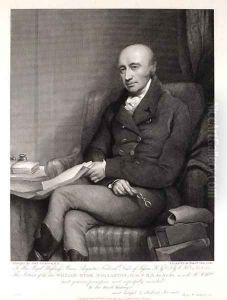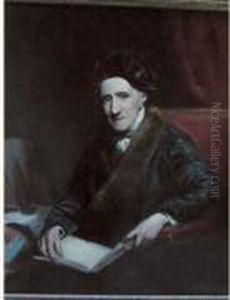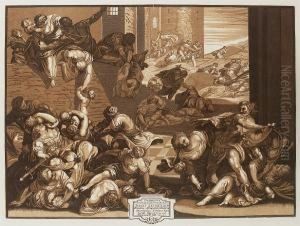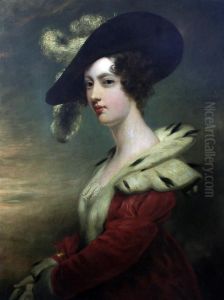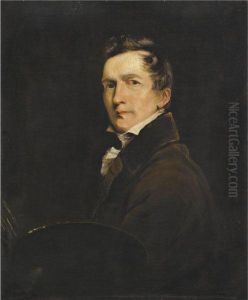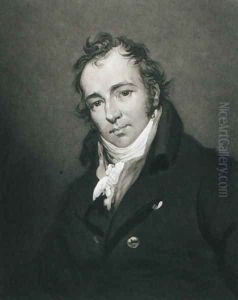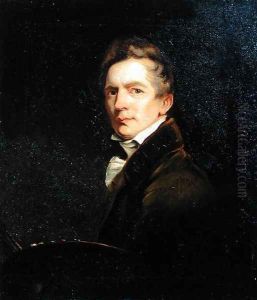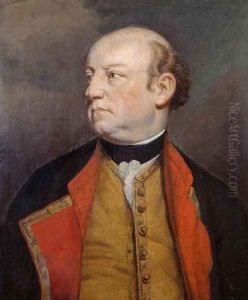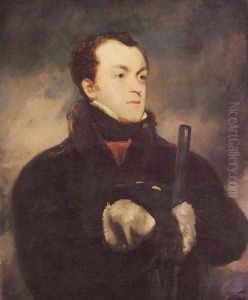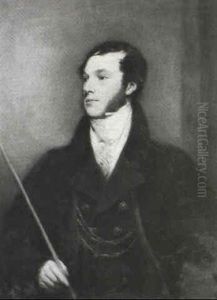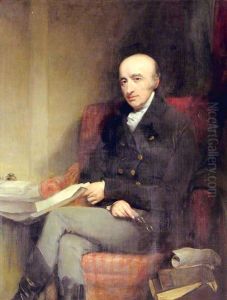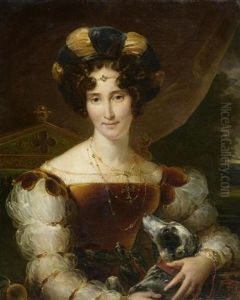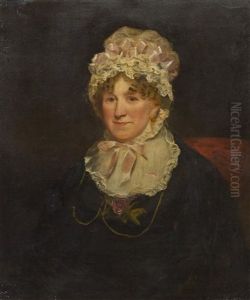John Jackson Paintings
John Jackson was an English painter who was born in Lastingham, Yorkshire, on May 31, 1778. He showed an early interest in art and was encouraged to pursue his talents by the local schoolmaster. Jackson was largely self-taught in the beginning but was later taken under the wing of George Morland, an English landscape and genre painter, who recognized his potential. In 1801, Jackson moved to London, where he entered the Royal Academy Schools after winning the approval of Sir Thomas Lawrence, a leading English portrait painter and President of the Royal Academy.
Jackson's career as a portraitist flourished in London. He was known for his fine technique, ability to capture likeness, and the relaxed elegance in his portraiture. His work included portraits of many notable figures of the time, including military men, politicians, and members of the aristocracy. In 1817, Jackson was elected as an associate of the Royal Academy and became a full member in 1817. His reputation was such that he succeeded Sir Thomas Lawrence as Painter in Ordinary to King George IV in 1820, a prestigious position.
Despite his success, Jackson traveled to Rome in 1819 to further his study of the Old Masters, which significantly influenced his work. His style became notably more classical upon his return to England. Jackson's health began to decline in the late 1820s, and he retired from painting in 1831. He died on June 1, 1831, in St. James's Street, London. After his death, Jackson's works continued to be appreciated, and his portraits are a valuable record of the society of his time. They can be found in many public collections, including the National Portrait Gallery in London.

